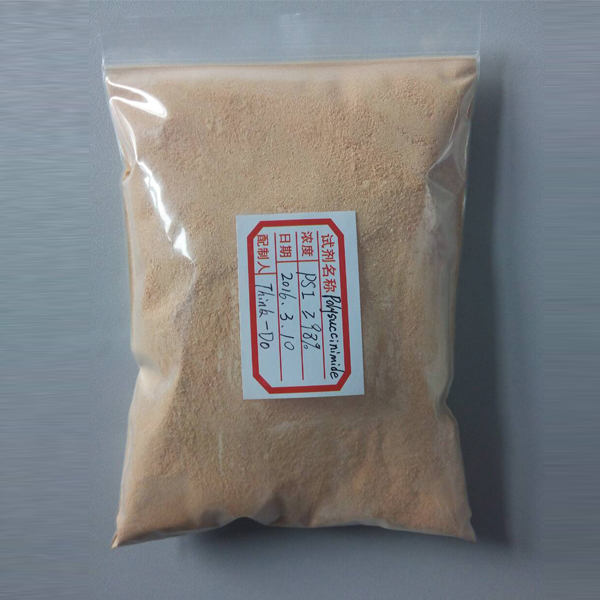
News
Sep . 23, 2024 18:21 Back to list
OEM Suggested Chelating Agents for Optimal Iron Absorption and Utilization
Selecting the Right Chelating Agent for Iron An OEM's Perspective
In various industries, from agriculture to pharmaceuticals, the need for effective iron management is paramount. Iron plays a crucial role in numerous biological processes and industrial applications. However, in some cases, the availability of iron can be limited or problematic due to its tendency to form insoluble compounds. This is where chelating agents come into play. As an Original Equipment Manufacturer (OEM), understanding and selecting the right chelating agent for iron can optimize product performance, enhance efficiency, and ensure compliance with regulatory standards.
Understanding Chelating Agents
Chelating agents, or ligands, are molecules that can form multiple bonds with a single metal ion, effectively grabbing and holding the metal in a way that prevents it from reacting with other substances. This property is particularly useful for iron, which can exist in multiple oxidation states and can precipitate as insoluble salts under varying conditions.
Common chelating agents for iron include ethylenediaminetetraacetic acid (EDTA), citric acid, and lignin sulfonates, among others. Each of these agents has unique characteristics that make them suitable for different applications, and understanding these properties is essential for making an informed choice.
Factors to Consider When Selecting Chelating Agents
1. Application Context The first step in selecting a chelating agent is understanding the specific application. For example, in agricultural applications, chelating agents are often used to enhance nutrient uptake in plants. In contrast, in industrial processes, such agents may be required to improve product stability. Thus, the context dictates the required properties of the chelating agent.
2. Stability and Solubility The chelating agent should effectively bind with iron while remaining soluble in the intended medium, whether it be water, soil, or some industrial blend. The stability of the chelate complex is also crucial; a stable bond ensures that iron remains available for its intended purpose without reverting back to a less soluble form.
3. Environmental Impact In today’s eco-conscious world, the environmental impact of chemicals is under scrutiny. When selecting a chelating agent, OEMs should consider the biodegradability and ecological toxicity of the compound. This can improve product acceptance in the market and align with sustainability goals.
oem recommend chelating agent for iron

4. Cost-effectiveness While high-performance chelating agents may be more effective, they can also come at a higher cost. It's essential to balance performance with cost, especially for large-scale applications where expenses can soar.
5. Regulatory Compliance Many industries, especially pharmaceuticals and food production, are heavily regulated. Choosing a chelating agent that complies with applicable regulations is non-negotiable. OEMs should carefully review the chemical’s approval status and safety data.
Recommended Chelating Agents for Iron
1. Ethylenediaminetetraacetic Acid (EDTA) Known for its strong binding ability, EDTA is commonly used in various applications, including agriculture and laboratory settings. It provides excellent stability and solubility, making it ideal for nutrient solutions.
2. Citric Acid This organic acid is not only a chelating agent but also a naturally occurring substance. Its effectiveness and biodegradability make it a popular choice in organic farming and food applications.
3. Lignin Sulfonates Extracted from wood, lignin sulfonates are natural chelators that are gaining attention in the agricultural sector. They provide an eco-friendly alternative with satisfactory iron-binding capacity and improved soil health benefits.
4. Glucono Delta-Lactone (GDL) This biodegradable chelating agent is often used in food products. It is effective in preventing oxidation, thus ensuring the stability of iron in various formulations.
Conclusion
Choosing the right chelating agent for iron is a critical decision that can affect product performance, environmental impact, and regulatory compliance. By carefully considering the application context, stability, cost-effectiveness, and ecological implications, OEMs can ensure that they select a suitable agent that meets their specific needs. Through this strategic approach, manufacturers can harness the power of chelation to improve their products while adhering to industry standards and advancing sustainability initiatives. Ultimately, the right choice contributes not only to the efficacy of the product but also to the broader goals of environmental stewardship and corporate responsibility.
-
Polyaspartic Acid Salts in Agricultural Fertilizers: A Sustainable Solution
NewsJul.21,2025
-
OEM Chelating Agent Preservative Supplier & Manufacturer High-Quality Customized Solutions
NewsJul.08,2025
-
OEM Potassium Chelating Agent Manufacturer - Custom Potassium Oxalate & Citrate Solutions
NewsJul.08,2025
-
OEM Pentasodium DTPA Chelating Agent Supplier & Manufacturer High Purity & Cost-Effective Solutions
NewsJul.08,2025
-
High-Efficiency Chelated Trace Elements Fertilizer Bulk Supplier & Manufacturer Quotes
NewsJul.07,2025
-
High Quality K Formation for a Chelating Agent – Reliable Manufacturer & Supplier
NewsJul.07,2025
